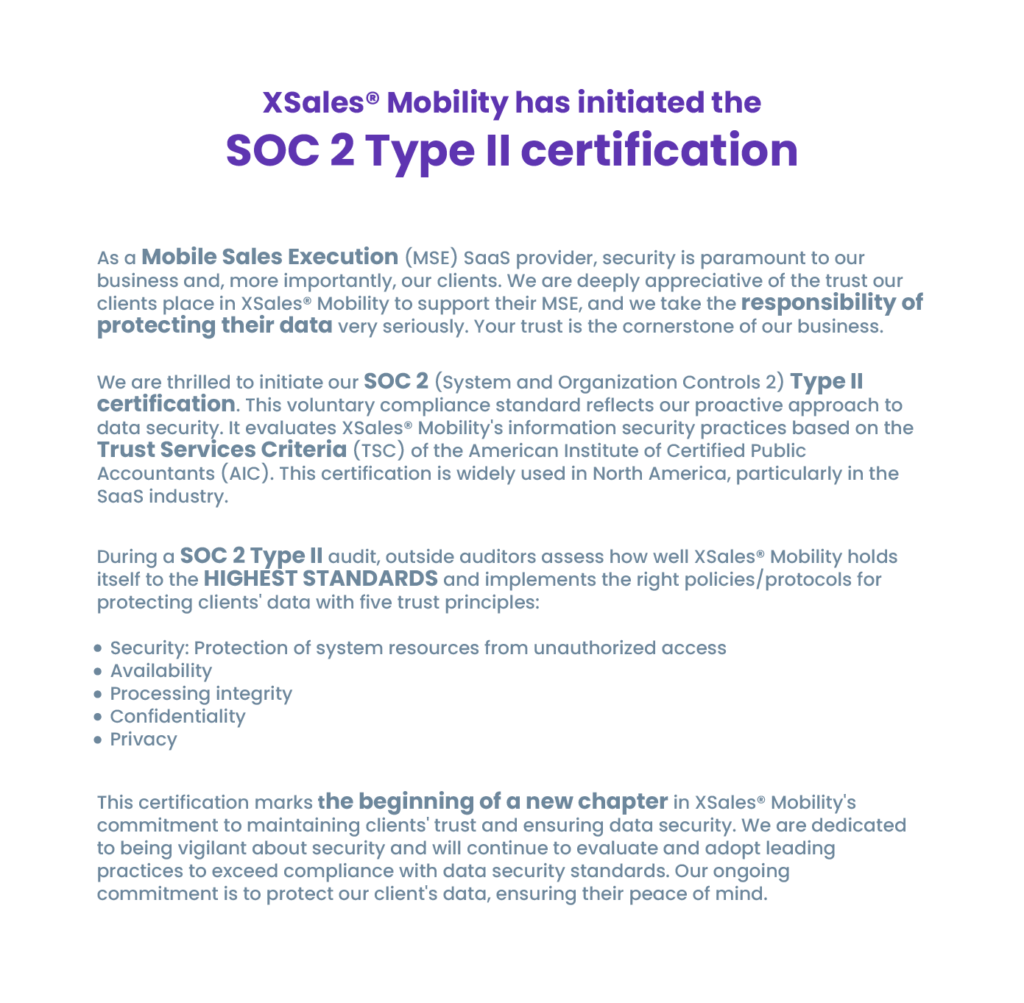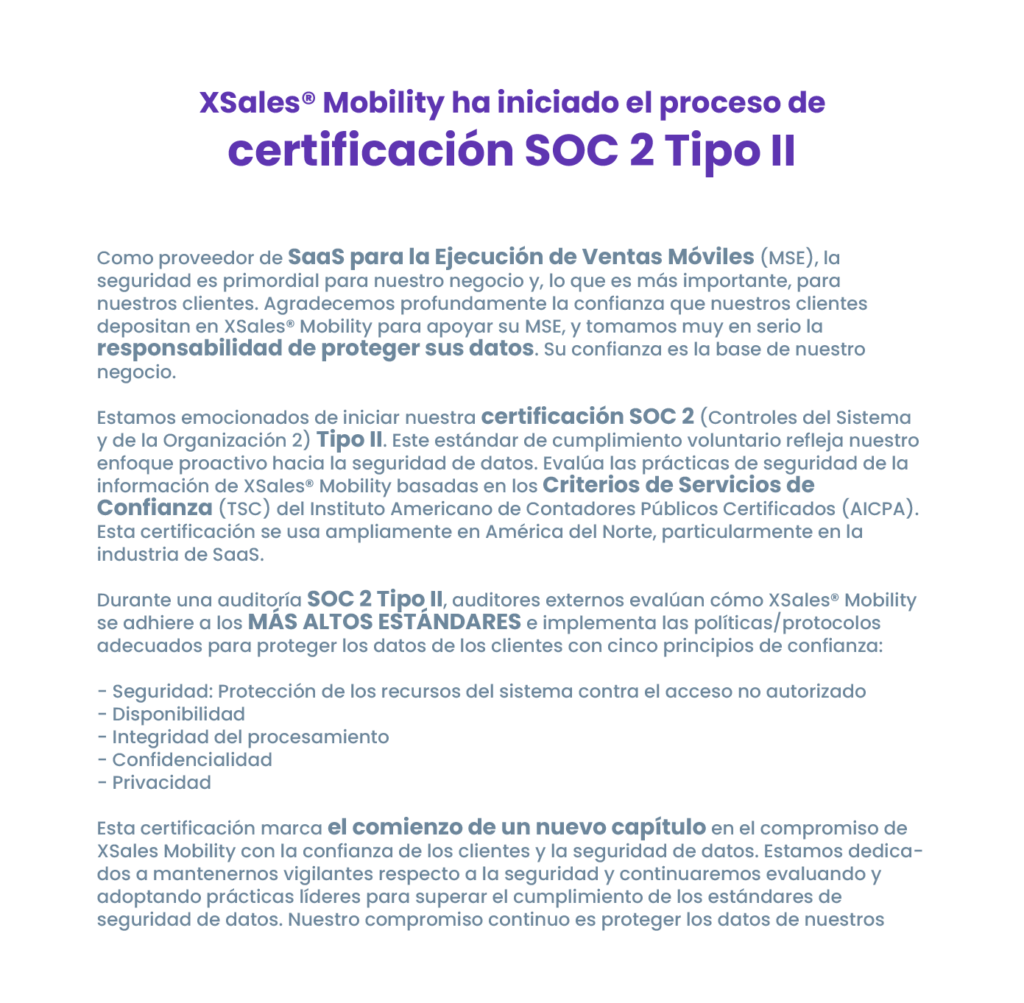Distribution is the process of spreading a product through a marketplace to make it available to whoever needs it or wants to buy it.
Distribution is critical for any type of industry, it can make or break a business and that is a fact. Having the best price and promotion for a product is irrelevant if the product is not available at the points of sale where consumers can buy them, that’s why designing the path(s) by which these products must travel – known as distribution channels – is the key to every company’s success.
While these channels are fairly standardized in developed markets such as the United States, they can vary significantly in developing countries, especially in Latin America where several factors play a key role in selecting the appropriate distribution channel in terms of efficiency, cost and profitability and companies must have a deep understanding of the market in order to make the right choice. Some of these factors are:
Geography and accessibility
Latin America countries, as many other developing nations, are characterized by having a significant portion of their population living in rural territories, where sometimes geographic & climatic conditions makes accessing a serious limitation. Moreover, rural territories are characterized by having small population with low purchasing volume and strong demand for low-end products, which along with the high transportation costs related to long distances from distribution centers to rural customers, makes it expensive to serve these markets.
Transportation infrastructure
The infrastructure dimension evaluates the development of roads, rails, airports, ports, warehouses and transloading capabilities. According the World Bank, in 2016, Latin American & Caribbean countries achieved a LPI (Logistic Performance Index) of 2.66 out of 5.0, this translates into serious infrastructural limitations that impose constraints on the efficiency of logistical systems, resulting in low consumer outreach.
Financial capabilities
Latin American countries have a significant disparity in terms of socioeconomic classes and because of this, companies has to explore different strategies regarding channels and distribution schemes. The limited earning power of this population, has make the small retailer format – such neighborhood stores – grow over time, which makes it harder for these nations to exploit economies of scale and gain efficiency on distribution related activities.
Channels can be classified into two major categories: Direct channels (such as Direct to Store Delivery or DSD) and Indirect channels (those that work through Intermediaries or Collaborative Partners).
In Latin American countries, most leading companies have been using a wide variety of DSD-based distribution schemes, which means they sell and distribute products directly to the point of sales, bypassing retailers, wholesalers logistics or any other intermediary. The downside of DSD, is that it usually results in higher transportation and service costs for the manufacturer, which is why most regional and local manufacturers with capital and scale constraints, depend on indirect service models – such distributors and 3PLs (third party logistics)- to place their products in the hands of consumers.
The truth is, national and multinational companies, small or big, need to define a clear value proposition for their target segments, answering questions such: how to sell products, how to provide service and how to deliver to customers; because the competition not only includes product offerings, marketing, service and price but also market coverage and distribution.
A good news is that technology has already reached both – direct and indirect –channels, solving the main challenges related to their implementation:
Direct Channel:
Coordination & Integration
The coordination between orders processing, product inventory, pricing changes and delivery status is the main challenge of the direct distribution strategy. All activities must be integrated and flow smoothly over the process, lack of integration creates disconnected processes and holds back the entire organization. To address these challenges, mobile apps offer to efficiently connect the back office with their sales reps in real time, providing them instant access to information and tools related to customers, inventory, prices, policies and more. While supervisors can manage, from their computer, all selling activity and get reports on key subjects.
Indirect Channel:
Visibility & Control
When you choose to distribute your product through an intermediary or indirect channel, you lose power over two important aspect of your sales process: visibility over operations and control of every activity related to them.
Using an indirect channel means you will be working with a 100% independently managed business and your direct control over it is limited. Only by selecting the right mobile sales solution, you will be able to gain full visibility over the distribution process and get a closer approach over customer interaction with your products.
Another good news is that XSales® has proven to be a reliable and efficient mobile sales solution that addresses all challenges related to distribution – especially in Latin America & The Caribbean region- were we have covered 14 countries and served several clients across different industries for almost 20 years.
For more information on how we can help your business, contact us to sales@myxsales.com.




